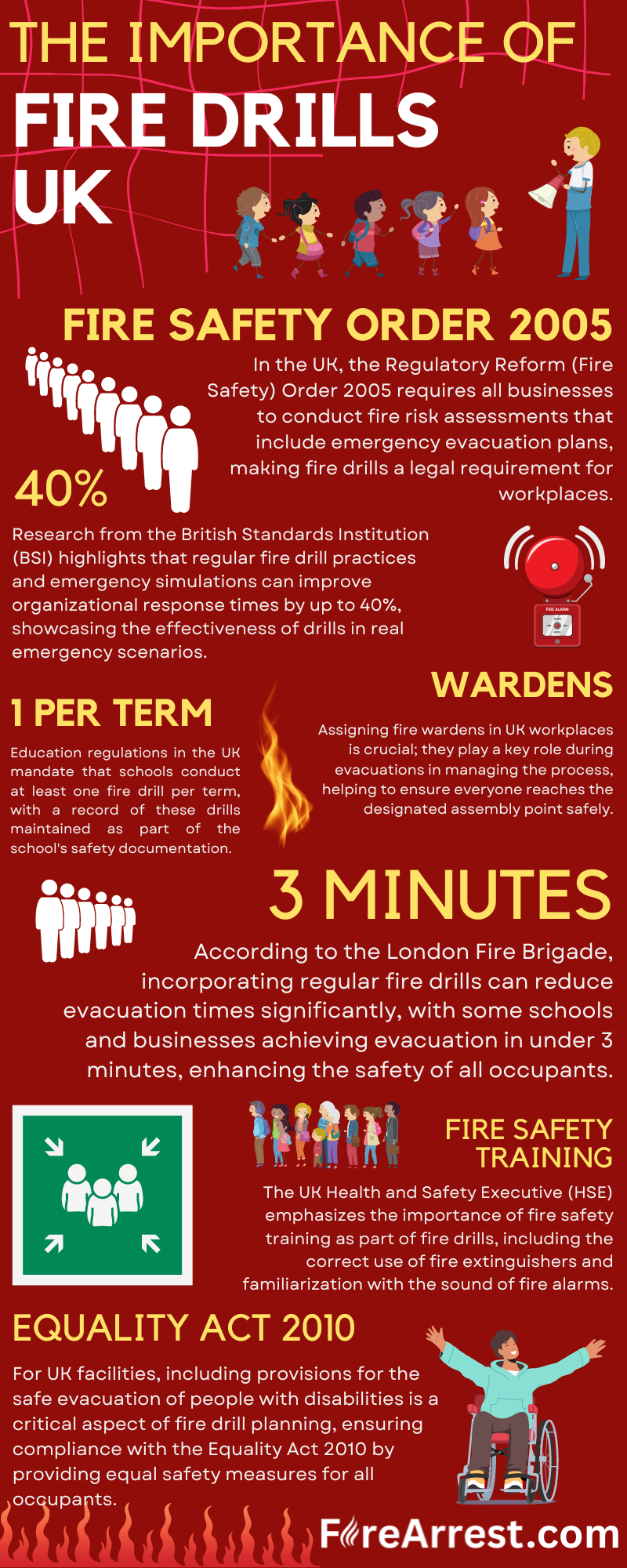A fire drill stands as a pivotal component in the safety strategy of any establishment, preparing occupants for the unforeseen event of a fire alongside a vital firestopping app. Their importance cannot be overstated, as they significantly contribute to the safety and well-being of individuals by ensuring a well-practiced response in times of crisis. But how often should these drills be conducted to ensure efficacy without causing undue disruption? This article explores the optimal frequency of fire drills, considering legal mandates, building types, and the balance between preparedness and practicality.

Understanding Fire Drills
What Is a Fire Drill?
A fire drill is a practiced evacuation of a building to prepare its occupants for the safe exit during a fire. This simulation of emergency conditions is crucial for identifying potential issues in evacuation plans, making it a fundamental aspect of safety protocols.
Why Are Fire Drills Important?
Fire drills play a critical role in ensuring that all building occupants are aware of how to react swiftly and efficiently in the event of a fire. By familiarising individuals with evacuation routes and procedures, these drills significantly reduce the risks associated with panic and confusion during actual emergencies.







